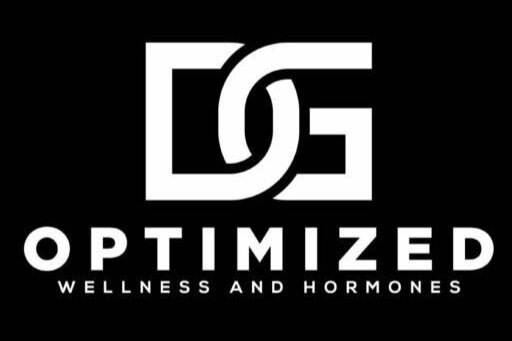Targeted Healing with Temperature Therapy
We often get asked, what works better for a pain issue from injury, an ice pack or a heating pad. . . and the answer is hard because everyone is a bit different, but "both" likely is the answer that makes the most sense.
1. Introduction: The Essence of Temperature Therapy
Understanding the Basics
Delving into the realm of temperature therapy requires a comprehensive understanding of its multifaceted nature. One must recognize the physiological impact of each therapy type to truly harness its benefits effectively. Armed with this knowledge, individuals are positioned to strategically experiment with these therapies and decipher which one aligns best with their unique needs.
2. Heat Therapy: A Soothing Respite
Alleviating Discomfort with Warmth
Heat therapy, also referred to as hot therapy, emerges as a potent tool for enhancing comfort when employed aptly. It serves primarily to alleviate muscular pain, resolve joint stiffness, relax tense body areas, and mitigate muscle spasms. Heat is particularly efficacious for mildly inflamed muscles and joints due to its ability to widen blood vessels, promoting enhanced circulation and relaxation.
The Variants: Moist and Dry Heat
Heat therapy can be categorized into two: dry and moist heat. Dry heat therapy involves conducting heat directly to the body, typically through heating pads, dry heating packs, electric heating wraps, and sometimes saunas. Moist heat therapy, contrasting its dry counterpart, utilizes convection heat, transferring warmth via liquids or gases encircling the body. Examples include hot tubs, steamed towels, and moist heating packs. Each variant offers its unique set of benefits and can be chosen based on individual preference and the nature of the discomfort.
3. Cold Therapy: The Cooling Savior
Reducing Inflammation and Swelling
Cold therapy stands as a crucial counterpart to heat therapy, specializing in diminishing pain, curtailing inflammation and swelling, and providing temporary numbness to painful tissues. It operates by constricting blood vessels, thereby limiting blood flow to specific areas, reducing swelling, and minimizing tissue damage post-injury.
Localized and Regional Applications
Cold therapy’s applications can be localized, targeting minor areas, or regional, enveloping most or the entire body. Localized cold therapy primarily employs ice packs, ice massages, cold compresses, and damp towels, while regional cold therapy incorporates methods like ice baths, cold showers, and cryotherapy chambers. The diverse application methods allow individuals to select the approach that best suits their needs, be it for injury recovery or holistic wellness.
4. Synergizing Hot and Cold: Dual Therapy
Harmonizing Therapies for Optimal Recovery
In certain scenarios, amalgamating hot and cold therapies can usher in holistic relief. A colleague of ours touts this practice and great minds like Huberman has described this practice in detail given the beneficial effects on dopamine release. Additionally, this synergized approach is often ideal for addressing injuries several days post-occurrence. Initiating with cold therapy helps in reducing swelling and inflammation, which is then followed by heat therapy to enhance blood flow to the affected area. This harmonious interplay expedites the recovery process, providing a comprehensive healing approach.
5. Cold Plunging: A Multifaceted Wellness Approach
Physical and Mental Rejuvenation
Cold plunging extends beyond physical relief, rendering itself as a potent mental wellness tool. A brief submersion in a cold tub can invigorate energy levels, bolster mental resilience, and alleviate physical discomforts. This practice is a wellness equivalent to waking up with coffee.
Conclusion: A Journey Towards Holistic Wellness
Empowerment Through Knowledge
There is definite benefit and this process can start with something as simple as a cold shower. We feel that this practice holds benefit for mood, energy, metabolism and tissue repair. Several of our clients are gaining benefit with said practices in addition to balancing their hormone levels. Jason & Rita...aka Dr. De Leon and Dr. Gillespie.
